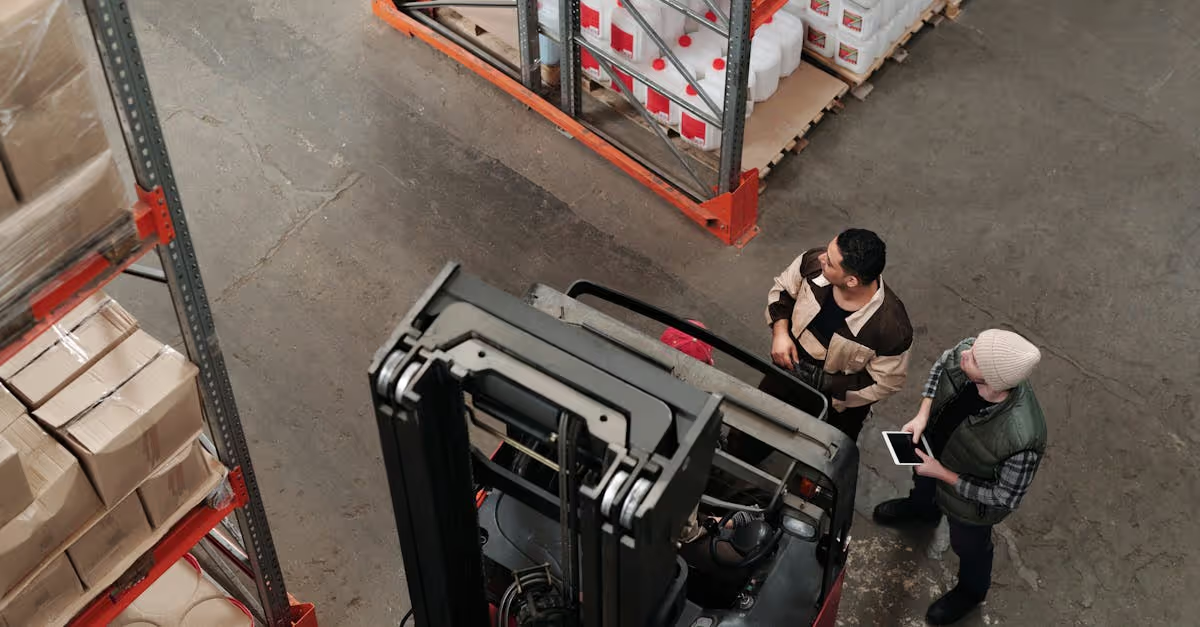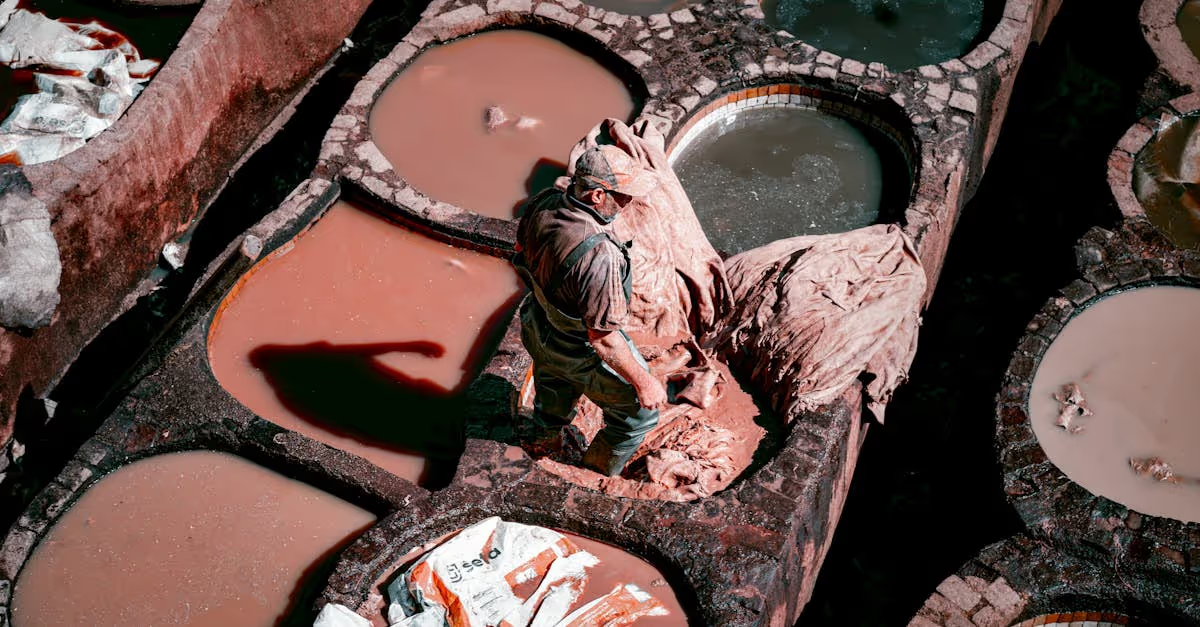Key Takeaways
- Understand Algaecide Types: Familiarize yourself with different types of algaecides—copper-based, quaternary ammonium compounds, polymeric, and chlorinated—to effectively address specific algae issues in pools.
- Proper Timing: Apply algaecides during low UV times, preferably in the evening or early morning, to maximize their effectiveness and prevent unsightly algae growth.
- Maintain Water Chemistry: Regularly test and balance your pool's pH, alkalinity, and chlorine levels, as proper water chemistry enhances the effectiveness of algaecides.
- Follow Dosage Instructions: Adhere to the manufacturer's guidelines for dosage based on your pool size and type of algaecide to avoid potential issues like staining or ineffective treatments.
- Safety First: Always prioritize safety by wearing protective gear when handling algaecides and storing them properly to prevent accidents or harm to children and pets.
- Regular Maintenance: Integrate algaecide use into a consistent maintenance routine, including frequent monitoring and adjustments based on algae presence, to keep your pool clear and inviting.
When it comes to maintaining a crystal-clear pool, algae can be our worst enemy. Did you know that nearly 50% of pool owners struggle with algae at some point? It’s not just an eyesore; it can also lead to serious health risks if left untreated. That’s where algaecides come in, offering a targeted solution to keep our pools clean and safe.
Overview of Algaecides
Algaecides play a vital role in maintaining the cleanliness and safety of our pools. Algae can thrive in warm, stagnant water, turning our sparkling oasis into a green nightmare. When we let algae grow unchecked, it leads to unsightly discoloration and poses health risks to swimmers. Fortunately, algaecides offer a simple solution to combat this problem.
Algaecides come in different types, each suited for specific algae issues. These include:
- Copper-based Algaecides
- Target green algae effectively and provide residual control.
- Popular for their ability to kill algae quickly.
- Quaternary Ammonium Compounds (Quats)
- Safe for use in residential pools.
- Help prevent new algae growth.
- Polymeric Algaecides
- Create a protective film in the water to reduce algae development.
- Work well in a variety of conditions.
- Chlorinated Algaecides
- Contain chlorine for immediate algae control.
- Often used during shock treatments.
Choosing the right algaecide depends on the type of algae we’re facing. Green algae is the most common, while black algaecide and yellow algae (mustard algae) require specialized treatments. Identifying the problem correctly is key to successfully clearing it up.
We apply algaecides when the pool's pH balance is optimal, typically around 7.2 to 7.6. This helps the product work effectively. Adding the algaecide directly to the pool water in areas of high circulation aids distribution. Using a pool brush to scrub affected areas can enhance its efficiency.
Timing is crucial; most algaecides work best in the evening or early morning when UV light is weaker. It's tempting to apply more than recommended during a severe outbreak, but this can lead to other issues, like cloudy water. Always follow the manufacturer's guidelines for dosage.
We also consider maintaining proper chlorine levels when using algaecides. Keeping these in balance helps inhibit new algae growth and maximizes effectiveness.
Regular maintenance and testing of water chemistry help keep our pools algae-free. Relying solely on algaecides without proper pool chemistry won't provide the desired results. By integrating algaecides into our routine, we can enjoy a clean and safe swimming environment.
When we're proactive in using algaecides, we embrace a cleaner pool experience, keeping our oasis beautiful and inviting for family and friends. Let's share tips and stories about our successes and challenges regarding pool maintenance. What’s your go-to method for keeping your pool free of algae?
Types of Algaecides
We use various algaecides to combat the algae that plague our pools. Choosing the right type is crucial for effective treatment. Below are the common types of algaecides available.
Copper-Based Algaecides
Copper-based algaecides feature copper ions that target and kill algae. This type effectively combats green, black, and mustard algae. We appreciate these algaecides for their long-lasting effects, often maintaining water clarity for several weeks. It's important to know that high levels of copper can stain pool surfaces or damage certain materials, so careful monitoring is necessary. The optimal pH level for using copper-based algaecides ranges between 7.2 and 7.8. For best results, apply before algae becomes visible and follow package instructions diligently. Remember, consistent chlorine levels are critical for success.
Quaternary Ammonium Compounds
Quaternary ammonium compounds, often called "quats," act as effective algaecides. These work best against green algae and are known for their low toxicity to humans and pets. Many pool owners find these compounds suitable for weekly maintenance. When applied correctly, quats help prevent algae formation while promoting clarity. Monitor your pool water regularly to maintain balanced chemistry before adding these algaecides. One challenge is that quats can combine with chlorine, reducing their effectiveness, so proper timing is essential. We recommend using quats as part of a regular pool care routine for best results.
Sodium Carbonate
Sodium carbonate, commonly known as soda ash, serves primarily to raise pH levels in pool water. However, its ability to clarify water quality indirectly helps in algae prevention. We use this method especially when pools experience low pH, which can lead to algae growth. Proper application of sodium carbonate ensures that the pH remains balanced, fostering an environment where algae struggle to thrive. Regular testing of water chemistry is crucial; we can't just throw in sodium carbonate and hope for the best. Incorporate sodium carbonate into our maintenance regimen to enhance overall pool health and prevent algae outbreak.
Factors to Consider When Selecting Algaecides
Selecting the right algaecide requires attention to several key factors. We’ll explore these elements to help us make informed choices for our pools.
Pool Size and Type
Pool size and type influence the effectiveness of algaecides. Large pools may require different formulations than smaller, above-ground types. Algaecides come in concentrated forms, designed for larger bodies of water, while others suit intimate, residential pools just fine. For example, a heavy-duty algaecide may tackle a sprawling in-ground pool, which harbors more algae than a small above-ground one. Always check the label for coverage specifics. Different types of pools, such as saltwater or chlorine, react differently to specific algaecides. Understanding our pool's characteristics leads to successful algae management.
Water Chemistry
Water chemistry plays an essential role in selecting algaecides. Balancing pH, alkalinity, and chlorine levels not only maintains swimming comfort but also helps algaecides work effectively. For instance, using an algaecide at optimal pH levels guarantees better results. Testing our pool water regularly ensures that we can adjust the chemical balance before applying an algaecide. If those levels are off, the battle against algae might become a slippery slope. Have we checked our water chemistry lately? Frequent testing helps maintain a clean swimming environment.
Environmental Impact
Environmental impact is crucial in selecting algaecides. We must consider how the chemicals affect our surroundings and aquatic ecosystems. Copper-based algaecides might effectively eliminate algae but can harm fish or plants if misused. Choosing biodegradable options can reduce potential harm to our environment. We share our pools with nature, so it’s vital to protect both. Have we considered the impact of our choices? In an era focused on sustainability, being eco-conscious benefits all of us.
By keeping these factors in mind, we position ourselves for a successful fight against algae and a sparkling pool experience.
Application Tips for Algaecides
Applying algaecides correctly plays a significant role in maintaining a clean and safe pool. Proper application ensures maximum effectiveness against algae occurrences.
Dosage Guidelines
Dosage matters. We always recommend following the manufacturer's instructions for each specific algaecide. Dosages often depend on pool size, the form of the algaecide, and the type of algae. For example, a typical copper-based algaecide may require one ounce per 10,000 gallons of water. Verifying the pool's volume helps us apply the right amount. Overdoing it can lead to problems like staining, while underdosing may not knock out the algae effectively. Let's all commit to careful measurements for a better pool experience.
Timing and Frequency
Timing is essential for optimal effectiveness. We typically apply algaecides during the evening, as direct sunlight can diminish effectiveness. Regular treatment schedules, often every 1-2 weeks, keep algae growth at bay. However, we adjust based on water conditions and algae presence. If we notice green fuzz in the corners, that signals a more immediate application is necessary. Consistent monitoring should guide our approach, keeping our pools inviting and safe.
Safety Precautions
Safety should always be a priority. When handling algaecides, we should wear gloves and safety goggles to protect ourselves. Always store algaecides in a cool, dry place, away from children and pets. It's worth remembering that some products can cause skin irritation or allergic reactions. Thoroughly rinsing any spills from the pool area helps maintain a safe environment. Let's support each other by sharing safety tips and experiences in using algaecides to protect our aquatic fun.
Conclusion
By selecting the right algaecide and applying it correctly we can effectively tackle algae issues in our pools. Understanding the different types of algaecides and their specific uses helps us make informed choices tailored to our pool's needs.
Regular maintenance and monitoring of our pool's chemistry are essential to prevent algae growth and ensure a safe swimming environment. With proper application techniques and safety precautions we can enjoy a sparkling clean pool while also protecting our aquatic ecosystems.
Let’s continue to share our experiences and tips for effective pool maintenance, fostering a community that values clean and safe swimming for everyone.
Frequently Asked Questions
What challenges do pool owners face with algae?
Pool owners often struggle with algae growth, with nearly 50% encountering this issue. Algae can turn pools cloudy and green, making them unsightly and posing health risks if not managed properly.
What are algaecides, and how do they help?
Algaecides are chemical treatments designed to kill or prevent algae growth in pools. They help maintain clean and safe swimming environments by targeting specific types of algae, thereby ensuring crystal-clear water.
What types of algaecides are available?
There are four main types of algaecides: copper-based, quaternary ammonium compounds, polymeric, and chlorinated. Each type targets different algae issues, so it’s important to choose the right one based on your specific algae problem.
When is the best time to apply algaecides?
The best time to apply algaecides is in the evening when sunlight is less intense. This helps maximize the effectiveness of the product, allowing it to work without interference from UV rays.
How can I determine which algaecide is right for my pool?
To choose the right algaecide, consider the type of algae present, your pool size, and water chemistry. Testing your pool water can provide insights, helping you select the most effective algaecide for your needs.
How often should I treat my pool with algaecides?
Treat your pool with algaecides regularly, following a schedule that considers water conditions and pool usage. Adjust your treatment frequency based on algae growth and the specific recommendations of the algaecide product.
What safety precautions should I follow when using algaecides?
When using algaecides, wear gloves and goggles to protect your skin and eyes. Store chemicals away from children and pets, and clean up any spills immediately to maintain a safe environment.
How do I maintain proper pH levels in my pool?
Regularly test your pool water for pH, alkalinity, and chlorine levels. Adjustments can be made using pH increasers or decreasers, ensuring optimal conditions for algaecide effectiveness and overall pool health.






